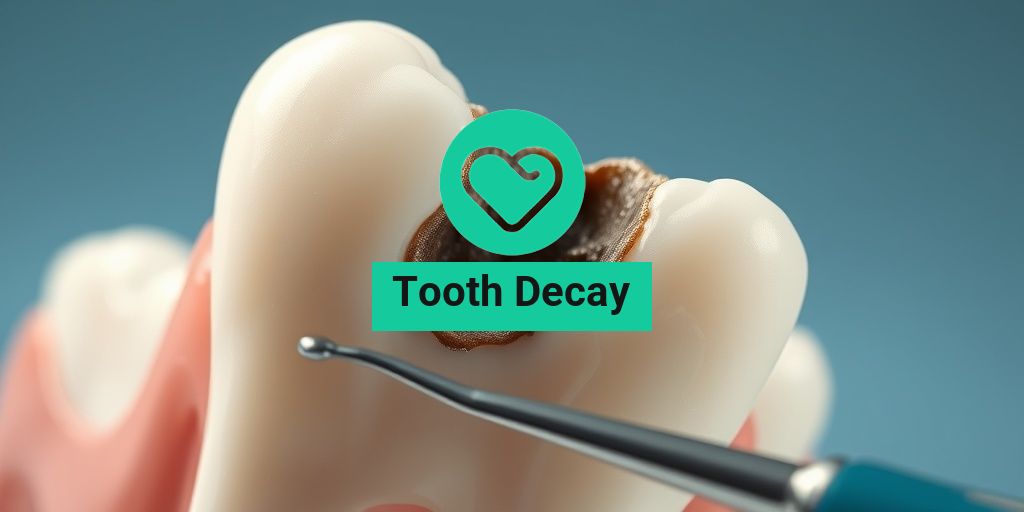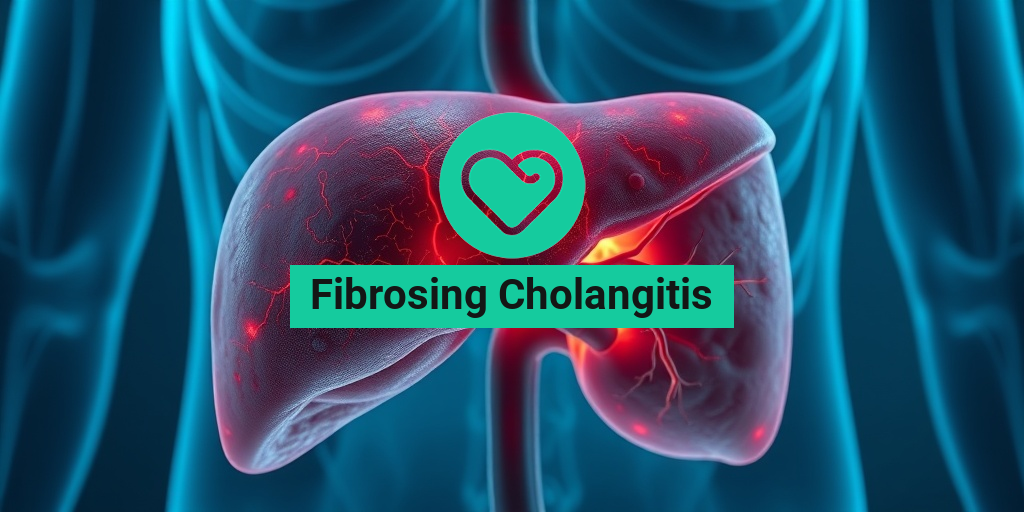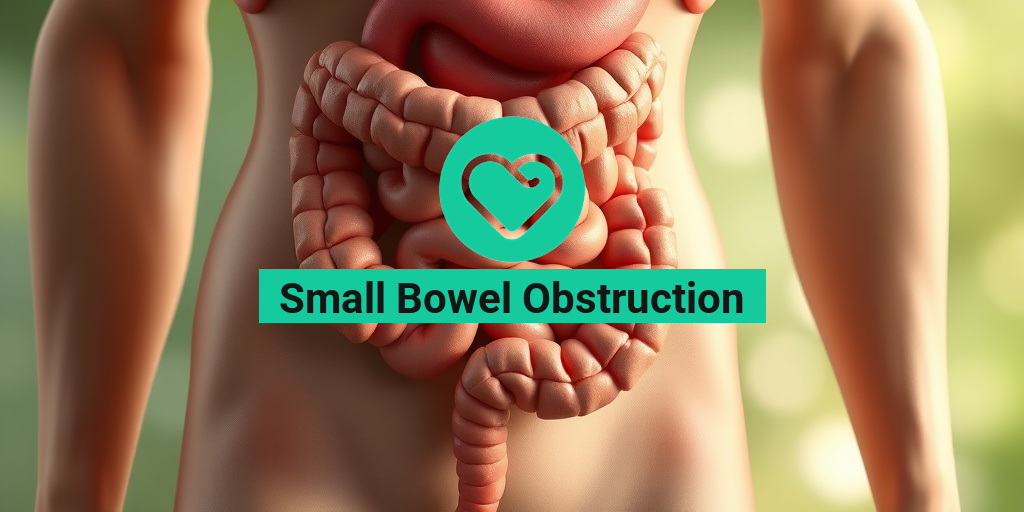What Is Tooth Decay?
Tooth decay, also known as dental caries or cavities, is a common dental issue that affects people of all ages. It occurs when the hard surface of the teeth, known as enamel, is damaged by acids produced by bacteria in the mouth. These acids are a byproduct of the breakdown of sugars and starches from the food we eat. Over time, if left untreated, tooth decay can lead to significant dental problems, including pain, infection, and even tooth loss.
The Process of Tooth Decay
The process of tooth decay can be broken down into several stages:
- Demineralization: This is the initial stage where acids begin to erode the enamel, leading to the loss of essential minerals.
- Cavity Formation: If demineralization continues, it can create small holes or cavities in the teeth.
- Pulp Damage: As decay progresses, it can reach the inner pulp of the tooth, causing pain and infection.
- Tooth Loss: In severe cases, untreated tooth decay can lead to the complete loss of the affected tooth.
Understanding tooth decay is crucial for prevention. Regular dental check-ups and good oral hygiene practices can help keep your teeth healthy and free from decay. For more information on maintaining dental health, consider visiting Yesil Health AI for evidence-based health answers.
Tooth Decay Symptoms
Recognizing the symptoms of tooth decay early can help you seek treatment before the condition worsens. Here are some common symptoms to watch for:
Early Signs of Tooth Decay
- White Spots: The first visible sign of tooth decay is often white spots on the enamel, indicating demineralization.
- Sensitivity: You may experience sensitivity to hot, cold, or sweet foods and drinks.
- Toothache: A persistent toothache can indicate that decay has progressed deeper into the tooth.
Advanced Symptoms
- Visible Cavities: As decay progresses, you may notice dark spots or holes in your teeth.
- Bad Breath: Chronic bad breath can be a sign of decay or infection in the mouth.
- Pain When Biting: If you experience pain while biting down, it may indicate that the decay has affected the tooth’s structure.
If you notice any of these symptoms, it’s essential to consult a dentist as soon as possible. Early intervention can prevent further damage and save your tooth. Remember, maintaining good oral hygiene, including regular brushing and flossing, is key to preventing tooth decay.
For more tips on oral health and to learn about effective tooth decay treatment options, check out Yesil Health AI. Your dental health is vital, and staying informed is the first step towards a healthier smile! 😁

Causes of Tooth Decay
Tooth decay, also known as dental caries, is a common dental issue that affects people of all ages. Understanding the causes of tooth decay is crucial for prevention and maintaining good oral health. Here are the primary factors that contribute to this condition:
Poor Oral Hygiene
One of the leading causes of tooth decay is inadequate oral hygiene. When you fail to brush and floss regularly, plaque—a sticky film of bacteria—builds up on your teeth. This plaque produces acids that can erode tooth enamel, leading to cavities. It’s essential to brush your teeth at least twice a day and floss daily to remove food particles and plaque.
Diet High in Sugars and Acids
Your diet plays a significant role in the health of your teeth. Consuming foods and beverages high in sugars and acids can accelerate the decay process. Bacteria in your mouth feed on sugars, producing acids that attack tooth enamel. Common culprits include:
- Sodas and sugary drinks 🥤
- Candy and sweets 🍬
- Certain fruits like citrus 🍊
Limiting these foods and opting for a balanced diet can help protect your teeth.
Dry Mouth
Saliva plays a vital role in neutralizing acids and washing away food particles. A condition known as dry mouth (xerostomia) can increase the risk of tooth decay. This can be caused by various factors, including medications, certain health conditions, or dehydration. Staying hydrated and discussing any concerns with your dentist can help manage this condition.
Fluoride Deficiency
Fluoride is a mineral that strengthens tooth enamel and makes it more resistant to decay. A lack of fluoride, whether from drinking water or dental products, can increase the risk of cavities. Using fluoride toothpaste and considering fluoride treatments from your dentist can help combat this issue.
Tooth Anatomy and Position
The structure and alignment of your teeth can also influence the likelihood of decay. Teeth with deep grooves or pits are more susceptible to plaque buildup. Additionally, crowded or misaligned teeth can make it challenging to maintain proper oral hygiene, increasing the risk of tooth decay.
Risk Factors for Tooth Decay
While anyone can develop tooth decay, certain risk factors can increase your chances. Being aware of these factors can help you take proactive steps to protect your dental health.
Age
Tooth decay can affect individuals of all ages, but children and older adults are particularly vulnerable. In toddlers, the consumption of sugary drinks in bottles can lead to early childhood caries. For older adults, factors like receding gums and dry mouth can increase the risk of decay.
Medical Conditions
Certain medical conditions can contribute to tooth decay. For example, diabetes can lead to dry mouth and increased sugar levels in saliva, promoting decay. Additionally, conditions that affect the immune system can make it harder for the body to fight off infections, including those in the mouth.
Medications
Some medications can lead to dry mouth or alter the composition of saliva, increasing the risk of tooth decay. If you are taking medications that affect your oral health, discuss alternatives or solutions with your healthcare provider.
Frequent Snacking
Frequent snacking, especially on sugary or acidic foods, can increase the risk of tooth decay. Each time you eat, your mouth produces acids that can attack tooth enamel. To minimize this risk, try to limit snacking and choose healthier options like fruits and vegetables.
Genetics
Your genetic makeup can also play a role in your susceptibility to tooth decay. Some individuals may inherit weaker enamel or a higher likelihood of developing cavities. While you can’t change your genetics, maintaining good oral hygiene and regular dental check-ups can help mitigate these risks.
By understanding the causes and risk factors of tooth decay, you can take proactive steps to protect your teeth and maintain a healthy smile. Regular dental visits, a balanced diet, and good oral hygiene practices are essential for preventing this common dental issue. 🦷✨
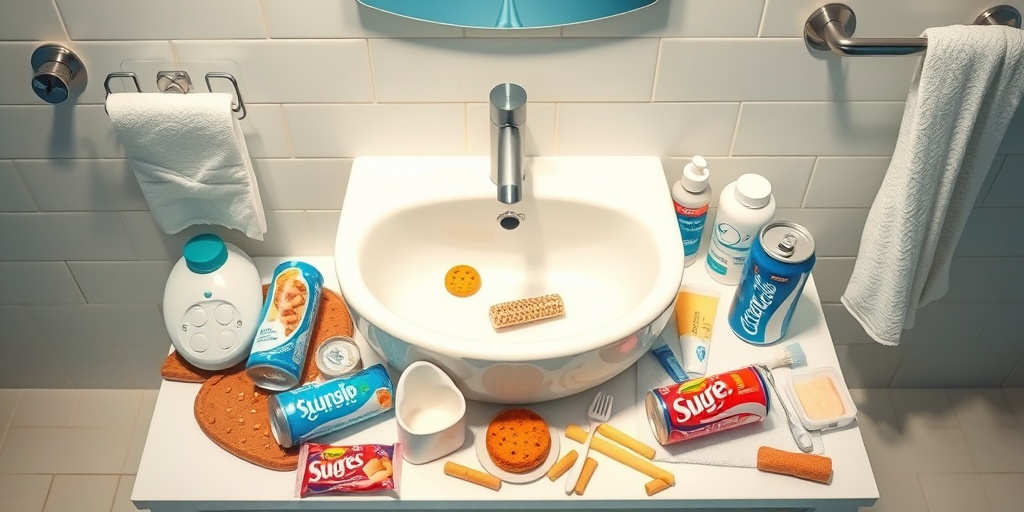
Tooth Decay Diagnosis
Tooth decay, also known as dental caries, is a common dental issue that affects people of all ages. Early diagnosis is crucial for effective treatment and prevention of further damage. Understanding the signs and symptoms of tooth decay can help you seek timely dental care.
Recognizing the Symptoms
Tooth decay often starts with subtle symptoms that can easily be overlooked. Here are some common signs to watch for:
- Tooth Sensitivity: You may experience discomfort or pain when consuming hot, cold, or sweet foods and beverages.
- Visible Holes or Pits: As decay progresses, you might notice small holes or pits in your teeth.
- Discoloration: Dark spots or stains on the surface of your teeth can indicate decay.
- Bad Breath: Persistent bad breath can be a sign of dental issues, including tooth decay.
- Toothache: A severe toothache can signal advanced decay, requiring immediate attention.
Dental Examination and X-rays
If you suspect you have tooth decay, a visit to your dentist is essential. During your appointment, the dentist will perform a thorough examination of your teeth and gums. This may include:
- Visual Inspection: The dentist will look for visible signs of decay, such as discoloration or holes.
- X-rays: Dental X-rays can help identify decay that is not visible to the naked eye, especially between teeth or beneath existing fillings.
Based on the findings, your dentist will determine the extent of the decay and recommend appropriate treatment options.
Tooth Decay Treatment Options
Once diagnosed, tooth decay can be treated in various ways, depending on its severity. Here are some common treatment options:
Fluoride Treatments
For early-stage tooth decay, fluoride treatments can help remineralize the enamel and reverse the decay process. This treatment involves applying a concentrated fluoride solution to the affected area, which strengthens the tooth and can prevent further decay.
Fillings
If the decay has progressed beyond the initial stage, your dentist may recommend a filling. This involves:
- Removing Decayed Material: The dentist will remove the decayed portion of the tooth.
- Filling the Cavity: The cavity is then filled with materials such as composite resin, amalgam, or gold.
Fillings restore the tooth’s structure and function, allowing you to chew and speak comfortably.
Crowns
For more extensive decay that compromises the tooth’s structure, a crown may be necessary. A crown is a custom-made cap that fits over the entire tooth, providing strength and protection. The process typically involves:
- Preparing the Tooth: The dentist will reshape the tooth to accommodate the crown.
- Taking Impressions: Impressions of your tooth will be taken to create a custom crown.
- Placing the Crown: Once ready, the crown is cemented onto the tooth.
Root Canals
If tooth decay reaches the pulp (the innermost part of the tooth), a root canal may be necessary. This procedure involves:
- Removing Infected Tissue: The dentist will remove the infected pulp and clean the root canals.
- Sealing the Tooth: After cleaning, the tooth is sealed to prevent further infection.
While root canals have a reputation for being painful, modern techniques and anesthesia make the procedure much more comfortable than in the past.
Preventive Measures
Preventing tooth decay is always better than treating it. Here are some effective preventive measures:
- Regular Dental Check-ups: Visit your dentist at least twice a year for cleanings and examinations.
- Good Oral Hygiene: Brush your teeth at least twice a day and floss daily to remove plaque and food particles.
- Healthy Diet: Limit sugary snacks and beverages, as they contribute to tooth decay.
- Fluoride Use: Use fluoride toothpaste and consider fluoride treatments as recommended by your dentist.
By being proactive about your dental health, you can significantly reduce your risk of tooth decay and maintain a healthy smile! 😁

Preventing Tooth Decay
Tooth decay is a common dental issue that affects people of all ages, but the good news is that it is largely preventable. By adopting a few simple habits, you can significantly reduce your risk of developing cavities and maintain a healthy smile. Here are some effective strategies for preventing tooth decay:
1. Maintain a Consistent Oral Hygiene Routine
Brushing your teeth at least twice a day and flossing daily are essential practices for keeping your teeth healthy. Use a fluoride toothpaste, as fluoride helps to strengthen tooth enamel and make it more resistant to decay. Remember to:
- Brush for at least two minutes each time.
- Use a soft-bristled toothbrush to avoid damaging your gums.
- Replace your toothbrush every three to four months.
2. Limit Sugary and Acidic Foods
Foods high in sugar and acid can contribute to tooth decay by feeding the bacteria in your mouth. When these bacteria break down sugar, they produce acids that can erode tooth enamel. To protect your teeth:
- Limit sugary snacks and beverages, especially sodas and candies.
- Opt for healthier snacks like fruits, vegetables, and nuts.
- Drink plenty of water, particularly fluoridated water, to help wash away food particles.
3. Regular Dental Check-ups
Visiting your dentist regularly for check-ups and cleanings is crucial in preventing tooth decay. Your dentist can identify early signs of decay and provide treatments to prevent further damage. Aim for a dental visit every six months, or as recommended by your dentist. 🦷
4. Consider Dental Sealants
Dental sealants are a protective coating applied to the chewing surfaces of back teeth (molars) to prevent cavities. They are particularly beneficial for children and teenagers, as their teeth are more susceptible to decay. Talk to your dentist about whether sealants are a good option for you or your child.
5. Educate Yourself and Your Family
Understanding the causes and prevention of tooth decay is vital for maintaining oral health. Educate your family about the importance of good dental hygiene and the impact of diet on tooth health. Encourage children to develop healthy habits early on to set the foundation for a lifetime of good oral health. 📚
Tooth Decay Myths and Facts
There are many misconceptions surrounding tooth decay that can lead to confusion and poor dental health practices. Let’s debunk some common myths and provide the facts to help you better understand tooth decay.
Myth 1: Only Sugar Causes Tooth Decay
Fact: While sugar is a significant contributor to tooth decay, it’s not the only culprit. Acidic foods and beverages, such as citrus fruits and soda, can also erode enamel and lead to cavities. A balanced diet is essential for maintaining oral health.
Myth 2: Tooth Decay Only Affects Children
Fact: Tooth decay can affect anyone, regardless of age. Adults can experience decay due to factors like dry mouth, gum recession, and poor dental hygiene. It’s important for everyone to maintain good oral health practices throughout their lives.
Myth 3: If My Tooth Doesn’t Hurt, It’s Healthy
Fact: Many people believe that if they don’t experience pain, their teeth are healthy. However, tooth decay can progress without any symptoms. Regular dental check-ups are essential for catching issues before they become painful or require extensive treatment.
Myth 4: Whitening Products Cause Tooth Decay
Fact: Whitening products do not cause tooth decay. However, overuse or misuse of these products can lead to tooth sensitivity and gum irritation. Always follow the instructions and consult your dentist for safe whitening options.
Myth 5: You Can’t Reverse Tooth Decay
Fact: Early stages of tooth decay can be reversed through proper oral hygiene and fluoride treatments. Once a cavity has formed, however, it requires professional treatment. Regular dental visits can help catch decay early and prevent further damage.
Understanding the facts about tooth decay can empower you to take control of your oral health. By dispelling these myths and adopting preventive measures, you can keep your smile bright and healthy for years to come! 😁
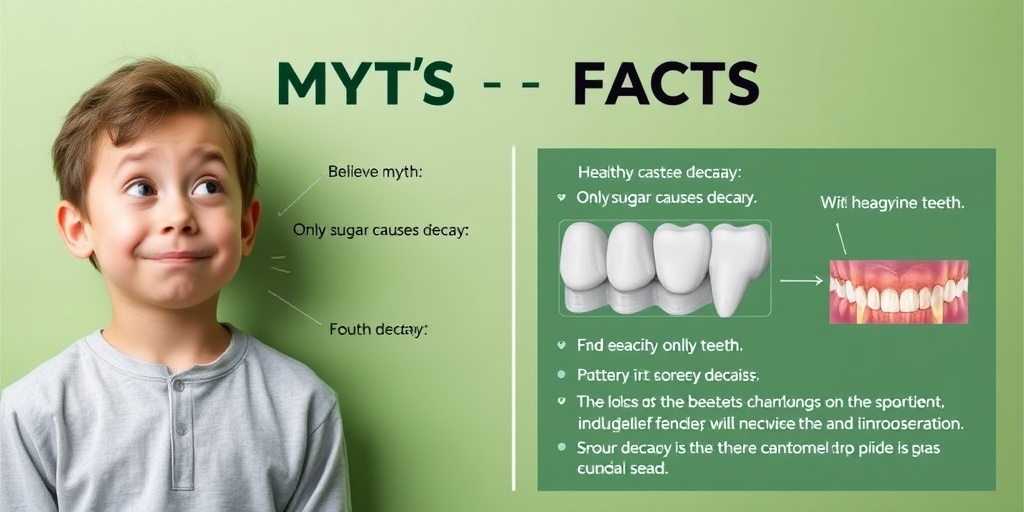
Frequently Asked Questions about Tooth Decay
What is tooth decay?
Tooth decay is a common dental issue that occurs when the enamel of the teeth is damaged by acids produced by bacteria in the mouth. This process can lead to cavities and, if left untreated, can result in more serious dental problems.
What are the symptoms of tooth decay?
Common symptoms of tooth decay include:
- Toothache: Persistent pain in the affected tooth.
- Sensitivity: Increased sensitivity to hot, cold, or sweet foods and drinks.
- Visible holes: Cavities or holes in the teeth.
- Discoloration: Dark spots or stains on the teeth.
What are the stages of tooth decay?
Tooth decay progresses through several stages:
- Initial Demineralization: The enamel begins to lose minerals.
- Enamel Decay: Cavities form in the enamel.
- Dentin Decay: Decay reaches the dentin layer, causing more pain.
- Pulp Infection: Infection spreads to the pulp, leading to severe pain and possible tooth loss.
How can tooth decay be treated?
Treatment options for tooth decay vary depending on the severity:
- Fluoride Treatments: For early-stage decay, fluoride can help remineralize the enamel.
- Fillings: Cavities can be filled with dental materials to restore the tooth.
- Root Canals: For advanced decay, a root canal may be necessary to remove infected pulp.
- Extraction: In severe cases, the tooth may need to be removed.
Can tooth decay be prevented?
Yes! Here are some effective prevention strategies:
- Regular Brushing: Brush your teeth at least twice a day with fluoride toothpaste.
- Flossing: Daily flossing helps remove food particles and plaque between teeth.
- Healthy Diet: Limit sugary snacks and drinks that contribute to decay.
- Regular Dental Visits: Schedule check-ups and cleanings every six months.
Is tooth decay common in toddlers?
Yes, tooth decay can occur in toddlers, often referred to as “baby bottle tooth decay.” It is crucial to maintain good oral hygiene from an early age to prevent this condition.
What should I do if I have tooth decay pain?
If you experience pain from tooth decay, it is important to see a dentist as soon as possible. In the meantime, you can manage discomfort with over-the-counter pain relievers and by avoiding very hot, cold, or sweet foods.
Can tooth decay occur under a crown?
Yes, tooth decay can develop under a crown if proper oral hygiene is not maintained. Regular dental check-ups can help monitor the health of crowned teeth.

